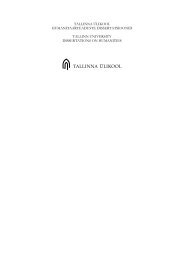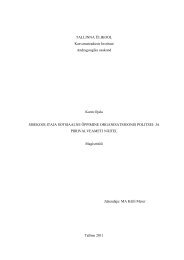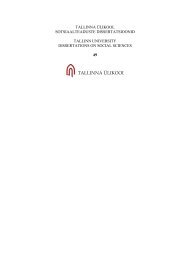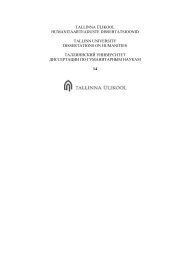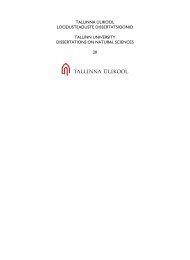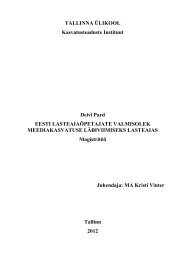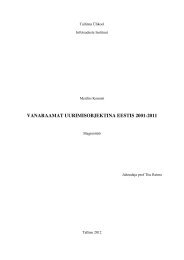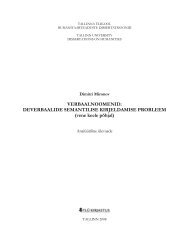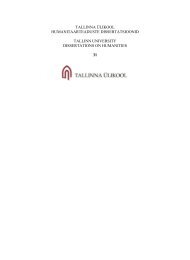Download (1157Kb) - E-Ait
Download (1157Kb) - E-Ait
Download (1157Kb) - E-Ait
Create successful ePaper yourself
Turn your PDF publications into a flip-book with our unique Google optimized e-Paper software.
management” stresses that for growth to happen, there is a strong need to integrate Human<br />
Capital into Structural Capital. Sharing, exchange flow, and transformation of knowledge<br />
from Human Capital to Structural Capital among other things according to him are essential<br />
for the success of national growth. He sees that strong communication infrastructure will<br />
facilitate rapid exchange of information and its translation into knowledge inherent into<br />
innovative processes, products and services (Tan, 2002, p.338)<br />
2.1.4. Renewal and development capital.<br />
Renewal and development capital is a component of intellectual capital that reflects the<br />
nation‟s capabilities and actual investments for future growth such as research and<br />
development, patents, trademarks, and start-up companies that may be considered as<br />
determinants of national competence in future markets (Malhotra, 2000, p.3). Abdul Samad<br />
Kazi suggests that, in a competitive market, companies, products, and services are fast<br />
duplicated more and more. According to Kazi, the ability of an organisation to innovate and<br />
develop new knowledge in its core competencies is a central feature of the organisation‟s<br />
future growth, and therefore is an excellent measure for evaluating the company.<br />
Renewal and development assets according to Kazi include investments in research and<br />
development, patents, trademarks, new products development, usage of advanced<br />
technological tools and the like (Kazi, 2004, p.57). The world is ever changing and what<br />
worked well in the industrial age may not work in the knowledge age. Gary Hamel, as cited<br />
in Kazi, A.S. (2004, p.57), claimed that companies inherited an important set of virtues from<br />
industrial era: diligence, replication and control. According to him, these virtues are<br />
becoming less important in an age where the new required virtues are creativity, imagination,<br />
diversity, speed, openness, and flexibility (Hamel, 1999).<br />
Francisco Javier Carrillo in “knowledge cities” stressed that, it is not enough only to manage<br />
knowledge assets. According to Carrillo it is imperative to create new knowledge. Renewal<br />
and Development assets include investments in research and development, new initiatives,<br />
using innovative technologies, using and exploiting new products and devices. Carrillo<br />
further suggested that Renewal and Development Capital shows the readiness of the<br />
organisation to deal with the future and what it brings with it and concluded that it reflects the<br />
14



